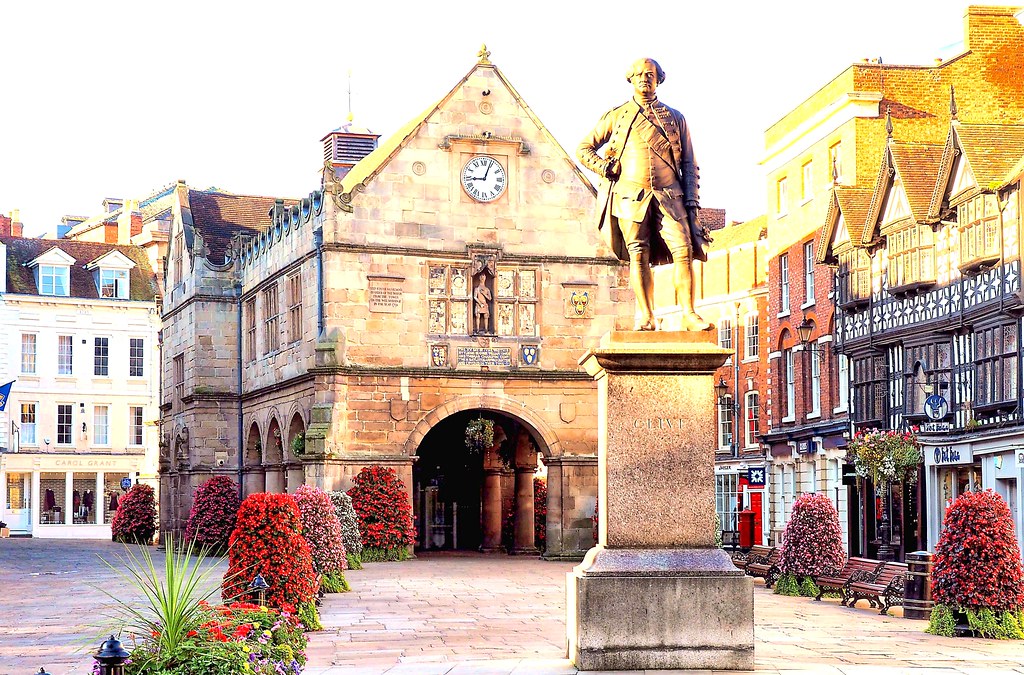Copyright law plays a vital role in protecting the creative works of architects, helping them safeguard their intellectual property while allowing them to earn fees for their designs. In the United States, the Architectural Works Copyright Protection Act (AWCPA) of 1990 specifically addresses the copyrightability of architectural designs, extending protection to plans, drawings, and the overall form of buildings. For more information, you can review the nuances of copyright protection in architecture.

Under U.S. copyright law, architects hold exclusive rights to reproduce their works. This means that unauthorized copying can lead to significant legal repercussions, including statutory damages that may reach up to $150,000 per infringement. To dive deeper into this, you can check out what copyright protects.
Artists seeking protection are encouraged to register their works with the U.S. Copyright Office. Registration should occur promptly, ideally within three months of publication, to benefit from enhanced legal remedies in the event of an infringement dispute. While copyright protection is automatic upon creation, timely registration is key to securing stronger legal standing. The U.S. Copyright Office provides a document on copyright registration of architectural works that can help guide architects through the process.

Including a copyright notice is a best practice, even though it is not required for works published after March 1, 1989. The notice should contain the word “copyright” or the copyright symbol ©, the year of creation, and the name of the copyright holder. While the absence of a notice does not negate copyright protection, it may undermine potential damages in infringement cases. More historical context on this can be found in the historical context and recent developments article.
Rather than transferring copyright ownership to clients, architects can grant a license for the use of their designs. This allows architects to retain rights for future projects while still providing clients with the necessary permissions to utilize the designs. If any transfer of copyright is necessary, it should be limited to specific project-related materials only. The scope of copyright in architecture can provide deeper insight into these legal dimensions.
It is important to note that copyright does not cover functional elements, such as standard door configurations or layout features. Copyright protection focuses more on the creative aspects of the design. As a result, proving infringement can be challenging, especially since many designs may share common traits. Legal tests to determine copyright infringement often involve assessing the "total look and feel" of the works in question and whether they are substantially similar. You can explore a broader discussion on this in the architecture & copyright controversies article.

To avoid potential infringement issues, architects should include indemnification clauses in contracts that entail the use of their designs by third parties. This provision protects them from bearing liability for infringement claims arising from the plans they provide. Furthermore, architects need to ensure that ownership of copyrights is clearly articulated in contracts to prevent disputes about design reuse or modification. For practical advice on protecting architectural designs, the American Institute of Architects resource can provide valuable insights.
| Aspect | Details |
|---|---|
| Exclusive Rights | Reproduction, distribution, and creation of derivative works. |
| Registration | Encouraged for stronger legal protection; ideally within three months of publication. |
| Notice | Best practice to include the word “copyright” or ©, the year, and holder’s name. |
| Licensing | Preferred over transferring copyright to retain future use rights. |
| Limitations | Protects creative aspects, not functional elements. |
| Good Practices | Indemnification clauses and clear ownership in contracts. |
In the realm of architectural copyright, the interplay between design and digital technologies is increasingly significant, as illustrated in the book "Digital Design and Manufacturing: Applications for Architecture" by Paul S. Preuss. This resource delves into how modern architectural practices leverage digital tools to enhance creativity and efficiency in the design process. By exploring the intersection of digital design methodologies and architectural applications, the book highlights how these innovations can influence the originality of an architectural work—an essential factor for copyright eligibility. It underscores the necessity of not only preserving the rights associated with traditional architectural design but also adapting these rights in the context of evolving technologies, which can both challenge and enrich the conceptual foundations of copyright in architecture. As such, understanding these dynamics is vital for architects seeking to protect their creative expressions in a rapidly evolving digital landscape.
In the context of architecture and copyright, understanding the principles of open-source licensing can provide valuable insights for architects and designers. The book "Open Source Licensing: Software Freedom and Intellectual Property Law" offers a comprehensive exploration of how intellectual property laws, including those pertaining to architectural designs, can be navigated in a collaborative environment. While architecture has its own set of copyright protections that safeguard original designs, the open-source principles highlighted in this work can inspire architects to consider how their creations might be shared or reused within the community while still respecting their proprietary rights. This approach not only fosters innovation and collaboration but also raises important discussions about the balance between protecting creative works and promoting accessibility in the architectural field. By incorporating ideas from open-source licensing, architects can engage more deeply with contemporary issues related to intellectual property and the evolution of design practices.
In the context of copyright in architecture, it’s essential to consider the principles outlined in the book "Copyright Course: Reserves, Practices, and Libraries," which provides a comprehensive understanding of copyrights as they apply to various creative fields, including architecture. The book delves into the legal frameworks that protect intellectual property, emphasizing not only the importance of copyright in safeguarding architectural designs but also the practical implications for libraries and educational institutions that hold architectural works. By exploring how these entities can navigate copyright regulations, the text offers valuable insights for architects concerned about the potential misuse of their designs and sheds light on the necessity of establishing clear copyright practices that balance the rights of creators with the public's access to knowledge. This resource can aid in understanding the nuanced relationship between copyright law and architecture, ultimately fostering a more informed approach to protecting architectural innovation.
In the context of copyright in architecture, it is essential to understand the implications of public domain works, particularly as highlighted in the book "Public Domain: How to Find & Use Copyright-Free Writings, Music, & Art" (https://www.amazon.com/Public-Domain-Copyright-Free-Writings-Music/dp/0873374339). This resource provides valuable insights into how creative works, including architectural designs that have entered the public domain, can be utilized without infringing on copyright laws. By exploring the intersection of copyright protection and public domain, architects and designers can discover opportunities to draw inspiration from historical structures or other architectural works whose copyrights have expired. This understanding fosters not only innovation but also the preservation and adaptation of architectural heritage, making it accessible for new generations of creators to build upon while respecting the legal frameworks that govern original works.
Protecting architectural designs through copyright is essential for safeguarding the creative efforts of architects and ensuring they receive appropriate recognition and compensation. To stay updated on more topics like this and to explore a wealth of architectural inspiration, follow us on Pinterest, where we share stunning design boards. You can also catch the latest updates and behind-the-scenes glimpses on our Instagram page. For timely news and insights in real-time, join the conversation on X (formerly Twitter). And don't forget to connect with our community on Facebook. We love hearing from you and sharing our passion for architecture!

Immerse yourself in architecture’s most boundary-pushing ideas—where innovative home improvements meet visionary urban developments. Discover new building techniques, materials, and creative concepts that are redefining how we shape our spaces on a global scale.